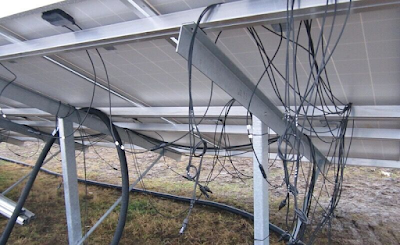How do high voltage cables handle overloading and power surges?

high voltage cables Introduction: In the intricate web of modern power distribution networks, high voltage cables serve as the vital conduits for transmitting electricity over long distances. However, the stability and reliability of these cables can be threatened by overloading and power surges. Understanding how high voltage cables handle these challenges is crucial for ensuring the uninterrupted flow of electricity. In this in-depth exploration, we delve into the mechanisms behind how high voltage cables withstand overloading and power surges, highlighting their resilience and the strategies employed to mitigate risks. Understanding Overloading and Power Surges: Before delving into how high voltage cables handle overloading and power surges, it's essential to grasp the concepts behind these phenomena. Overloading occurs when the demand for electricity exceeds the capacity of the cable to safely transmit it. This can lead to overheating, insulation breakdown, and ultimat...




